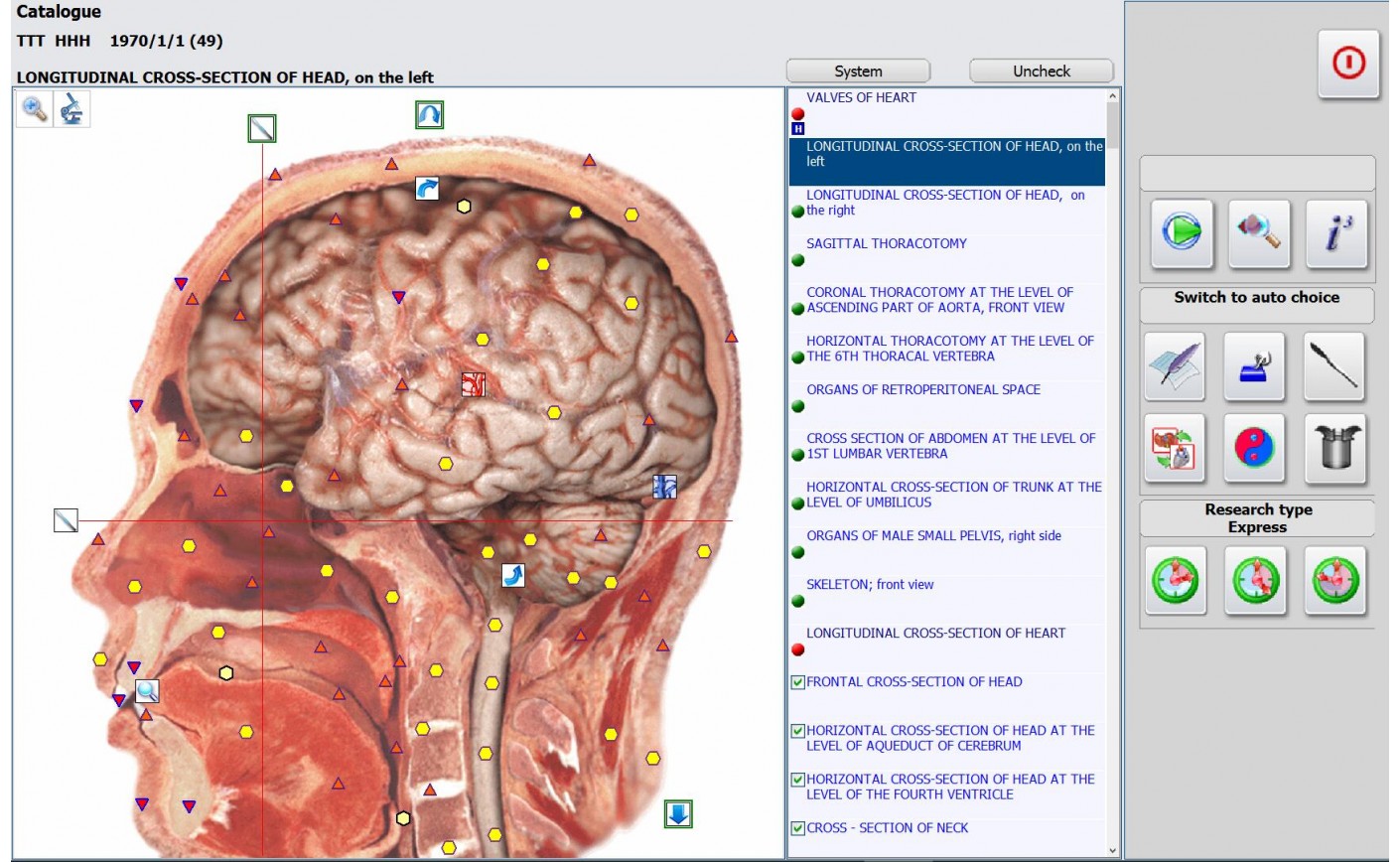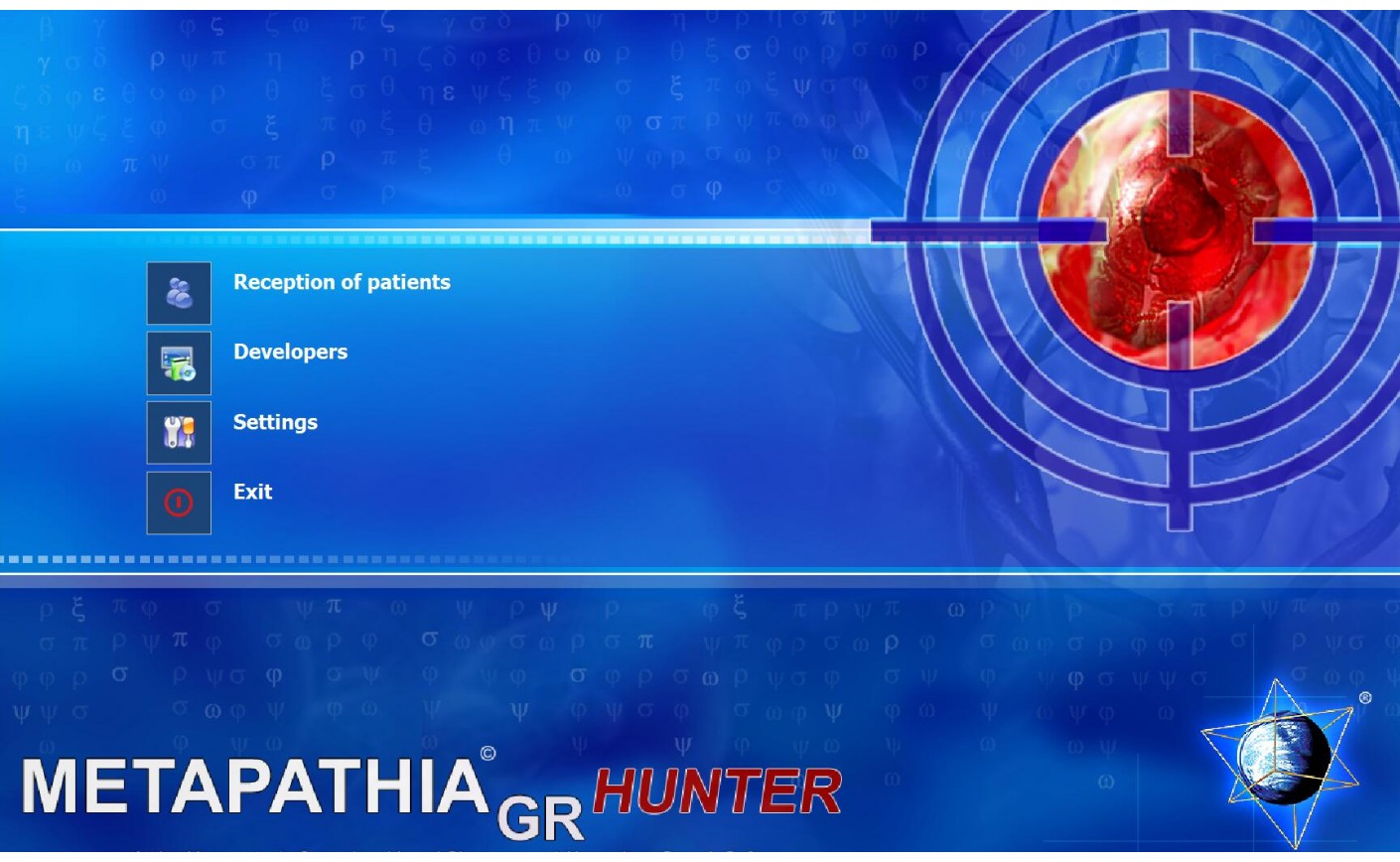Potential Of NLS by Metatron 4205 Hunter In Evaluation Of Gastric Cancer
Gastric cancer in Russia as well as in some other countries all over the world remains one of the most acute medical problems. Most researchers engaged in the diagnosis and treatment of gastric cancer have concluded that a timely and early diagnosis can promote cancer treatments and improve prognostication for the patients.
For many decades radiology and endoscopy remained the principal methods for diagnosing gastric cancer. The main shortcoming of these methods of investigation is their inability to obtain a picture of the thick layers of the stomach wall and hence a more exact data about the extent of tumor invasion into the stomach wall, i.e., the phase of the tumor process in the pre-surgical period. The first attempts to establish phase gradation in stomach tumor were made when such investigation methods as computer tomography (CT), trans-abdominal ultrasound scanning (US) and the most recent NLS investigation were put into clinical practice. In todayŌĆÖs medicine the NLS investigation may become an essential method for diagnosing abdominal cavity disease because of its extreme simplicity, accessibility and non-invasiveness. However, in view of the fact that this investigation method has been used in medical practice since the late 90, the amount of the published literature dealing with potentials of the NLS in diagnosing parenchymal organs is still insufficient.
Rather explicit methods of NLS stomach investigation have been already developed and some NLS signs of cancer, benign and malignant gastric ulcers have been described. An attempt was made to establish phase gradation of gastric cancer by means of NLS investigation which resulted in a fairly high accuracy (75.8%) of the diagnosis mostly due to diagnosing much earlier phases of the tumor process. According to some authors, NLS by Metatron 4205 Hunter offers some incontestable opportunities in defining phases of gastric tumor mostly located in distal regions of stomach.
Yet, according to most researchers, until recently the NLS had been largely used as a method for specifying the extent of cancer proliferation, for defining metastases and malignant invasions beyond the stomach, in other words, the NLS investigation method enables the diagnosis of stomach tumors even in early phases of the disease.
Most literature dealing with the use of radiological computer tomography to diagnose stomach tumors provides a proof that this method can potentially be used to diagnose gastric cancer, especially its endophytic forms. However, most authors still believe that the principal role of this method lies in acquisition of certain very important information about the extent of stomach lesion and spread of the process to some adjacent organs. According to different researchers, the early gastric cancer, that only affects the mucosa and submucous layer can not be detected on the computer tomograms.
In order to more clearly comprehend the NLS and CT signs underlying the pre-surgical diagnosis of the T-phase of gastric cancer (i.e. invasion degree) one needs to have a clear idea of the image of a ŌĆśnormalŌĆÖ cancer stomach wall visualized by means of the investigation method.
Thus, in CT investigation the stomach walls (adequately expanded) were at most 0.3 cm thick in normal conditions (test group of 50 persons) in all regions with few exceptions in cardiac and prepyloric regions where the walls were 0.4 cm thick, whereas at an intramural tumor effect the stomach wall authentically thickened over 0.6 cm (p >0.01). In most cases it proved to be impossible to differentiate the lamellar structure of the stomach wall by computer tomography. Changing the section thickness, pitch of the table and the patientsŌĆÖ posture in the course of scanning facilitated visualization of all the regions of the stomach very well. The location of the tumor infiltrate to the stomach wall layers was assumed as a principal criterion whose analysis provided a guide to the extent of the intramural invasion of the gastric cancer during NLS-investigation, while in computer tomography the main point was to define the thickness and elasticity of the stomach wall at the lesion spot.
The point is that NLS-investigation allowed to differentiate tumor quite clearly with respect to the layers of the stomach wall, while in computer tomography the most diagnostically important factor was the degree of the stomach wall thickening at the lesion spot with respect to the neighboring unaffected areas (thickening ratio) along with some other signs (rigidity, roughness, unevenness). Based on the analysis of the results of the surgical intervention and morphological investigation of post surgical material as well as their comparison with NLS and CT data the following conclusions were reached: both methods are quite potent in pre-surgical determination of the extent of intramural invasion of gastric cancer, however the NLS investigation demonstrates a higher specificity as compared to computer tomography in detecting early phases of gastric cancer due to visualization of lesion zones in the stomach wall.
An integrated approach to the use of NLS investigation and radiological computer tomography has proved to be more preferable for more accurate pre-surgical diagnosis of intramural invasion of gastric cancer, however the order of priority and efficiency in their use somewhat depend on the results of primary radio-endoscopic investigation of the stomach. In addition it should be noted, that contra-distinction of these methods of investigation in diagnosing and phasing of gastric cancer against each other would be a mistake and delusion.
In conclusion, it should be emphasized that despite their subordinate use with reference to radiological and endoscopic methods of gastric cancer investigation, the NLS investigation and radiological computer tomography should be brought into line with primary methods of stomach investigation.
The conclusion is based on the facts that unlike some conventional radiological and endoscopic methods of investigation they allow to evaluate the internal structure of the stomach wall, which is a major factor in the pre-surgical detection of intramural invasion.
This enables to work out the proper approach for treating patients affected by gastric cancer, and based on the well-founded data reject the explorative laparatomy in case of an obvious process. Considering general accessibility, lack of radiation exposure and application simplicity it appears more appropriate to use NLS investigation as the most preferable of the above mentioned methods.


